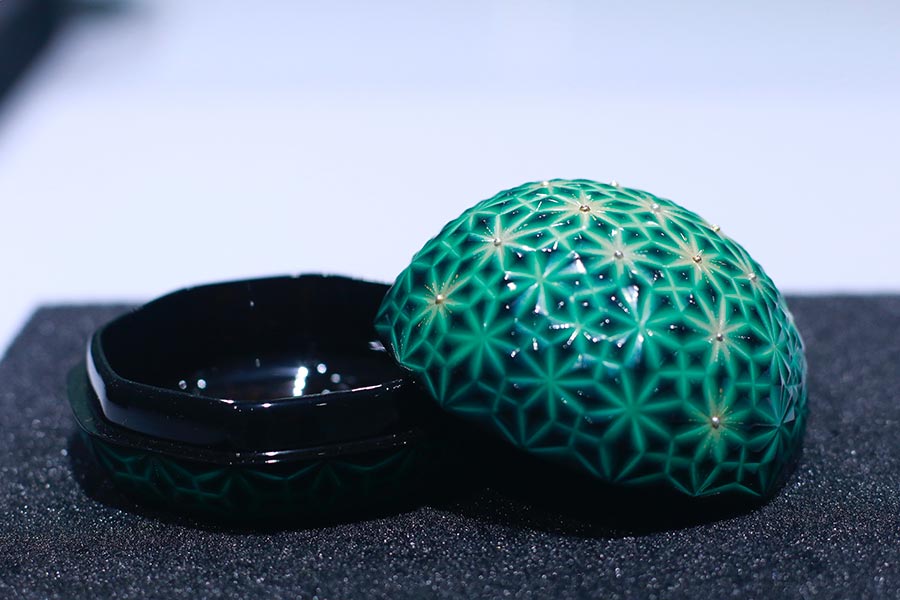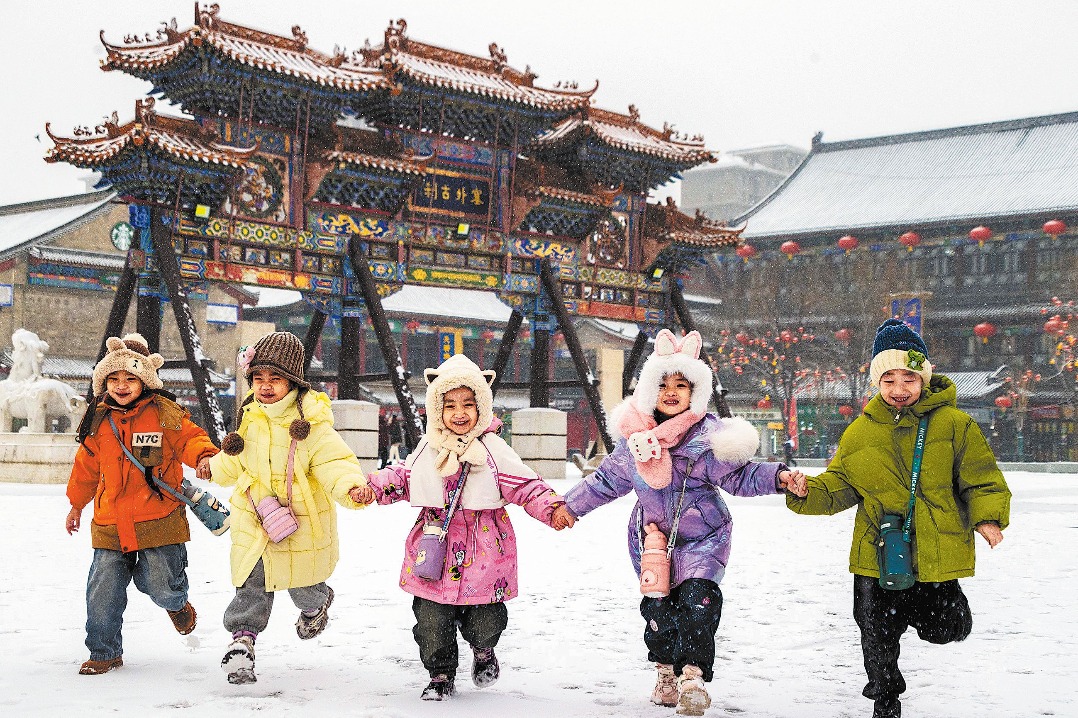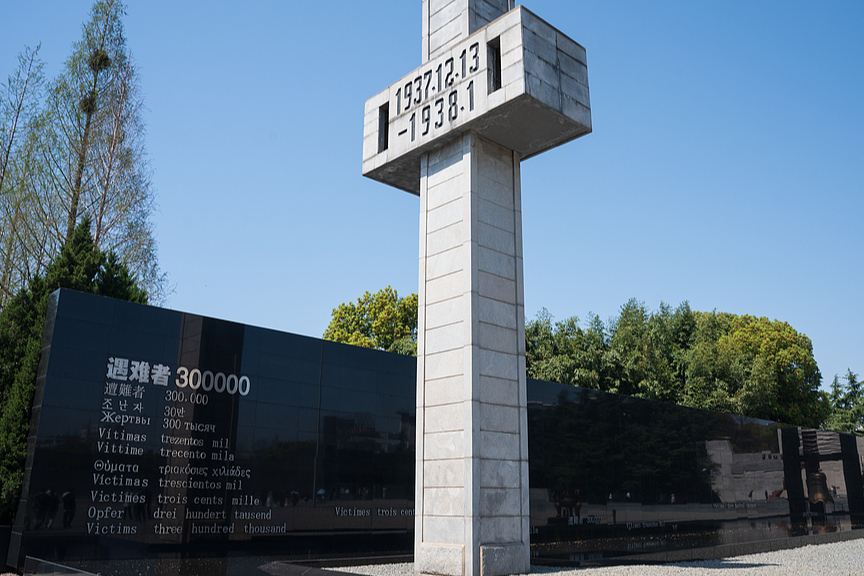Japanese lacquerware masters present works in Beijing


With the earliest known lacquer work discovered in China, and dating back to the Neolithic period, there remains an ongoing debate over the origin of Japanese lacquerware. Some believe that the technique for creating laquerware was introduced to Japan around the time of the Tang Dynasty (618-907), while others argue that it could have been independently discovered during Japan's Jomon Period (14,000 – 300 BC).
Lacquering uses the sap extracted from lacquer trees for the embellishment and protection of predominantly wooden surfaces. As the lacquer solidifies, it forms a water-proof, anti-corrosive layer of varnish, which once made the technique an important process in the manufacture of daily utensils.
The artists introduced their individual specializations, kanshitsu (dry lacquer), raden (mother-of-pearl inlay), chinkin (gold inlay) and maki-e (gold powder decoration), as well as their effort in adapting the traditional techniques in modern artwork creations.
























